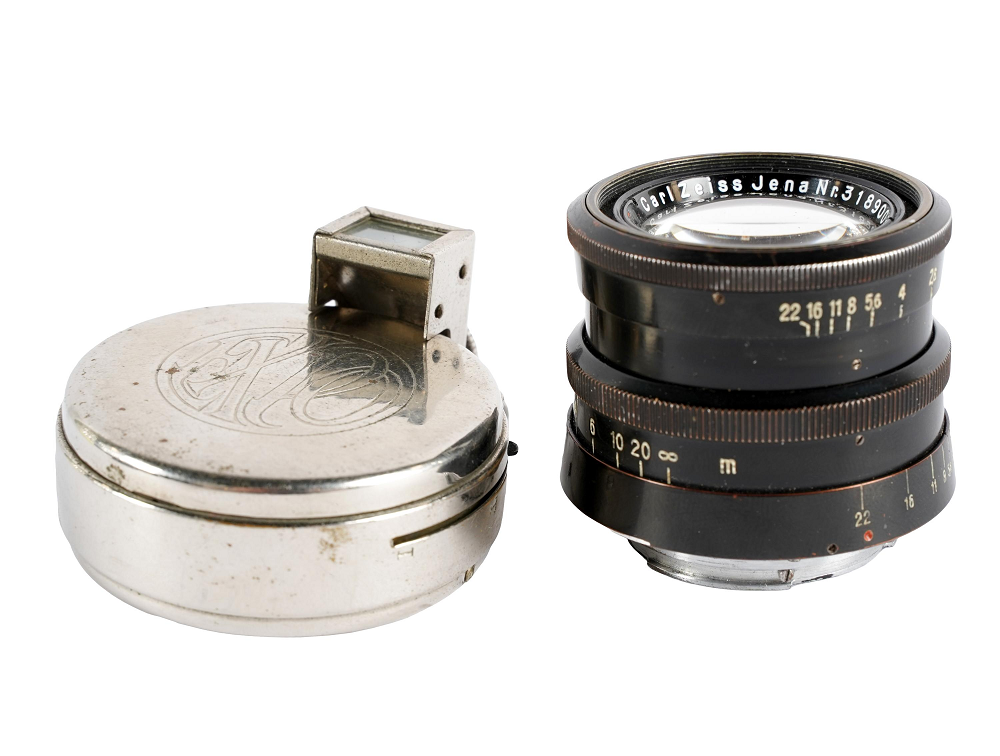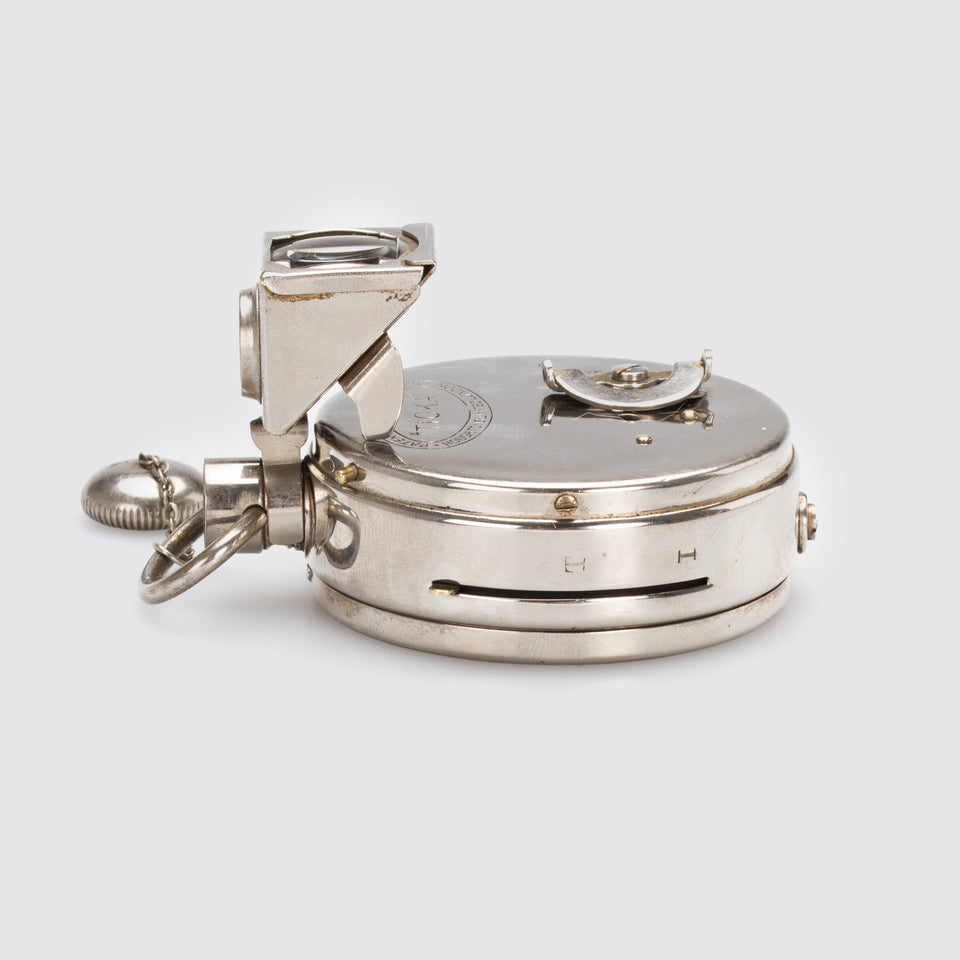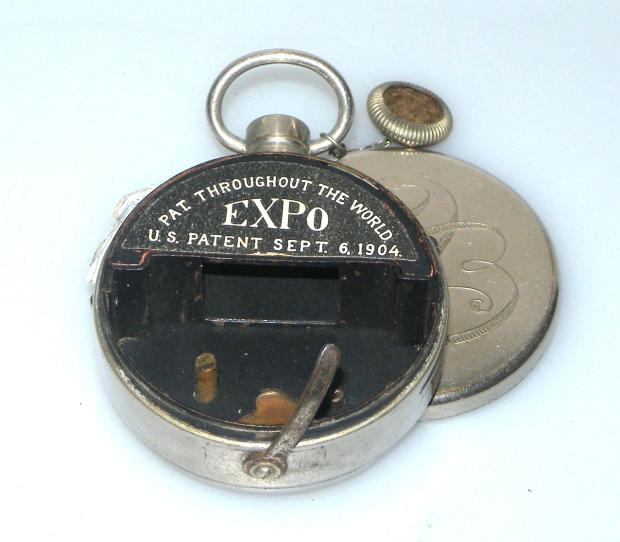In the digital era where mobile applications demand robust multimedia features, the Expo Camera module stands out as a quintessential tool for developers. This introduction sets the stage for understanding the Expo Camera component, its place within the Expo ecosystem, and its importance in modern app development.
The Genesis of the Expo Camera
The origins of the Expo Camera are rooted in the broader Expo framework, designed to streamline React Native app development.
Cameras have been used at expos since the early days of photography. For instance, during the World’s Columbian Exposition held in Chicago in 1893, photographers documented the grandeur of the event using large format cameras that produced detailed negatives on glass plates or film.
In the digital era, compact point-and-shoot cameras, DSLRs, and later mirrorless cameras became popular tools for event photography due to their ease of use, instant results, and improved image quality. As technology advanced, so did the capabilities of these devices, with features like high-speed continuous shooting, low-light performance, and wireless connectivity making them ideal for event coverage.
For Expo-specific technology, it’s also possible you might be talking about specialized equipment designed for recording and live-streaming presentations or exhibits, which could include professional-grade video cameras and PTZ (Pan-Tilt-Zoom) cameras.
Mastering Camera Permissions
The Expo Camera API is the backbone of camera integration. Before accessing camera hardware, apps must request and obtain permissions from users. With the Expo Camera, capturing high-quality images and video is a nuanced art. The Expo Camera module offers advanced features such as barcode and face detection, which open a realm of possibilities for app functionality.
Optimizing Performance and Quality
Performance optimization is key to a seamless camera experience. A customized user interface (UI) can significantly enhance the camera experience within an app. Beyond capturing new photos and videos, the Expo Camera module allows developers to interact with the device’s camera roll.
Troubleshooting Common Expo Camera Issues
When integrating the Expo camera into your application, you may encounter some common issues that can hinder the camera’s functionality. Troubleshooting these problems often involves checking for a few typical scenarios. Here is a guide to identifying and resolving some of the most common issues with the Expo camera.
Permissions Issues
Symptom: The Camera Does Not Start
Solution:
- Ensure that you are requesting permissions correctly using
Camera.requestPermissionsAsync(). - Check that you handle the case when a user denies permission, perhaps by alerting them that the camera cannot function without the necessary permissions.
- Make sure that your app’s
app.jsonincludes permissions requests for camera access. - If testing on iOS, go to the device’s settings and verify that your app has permission to access the camera.
Camera Preview Not Showing
Symptom: A Black Screen Instead of the Camera Preview
If you see a black screen where the camera preview should be, the issue could be with the way the camera component is styled or initialized.
Solution:
- Check that the camera component has styles applied that give it a size (
flex: 1or explicitheightandwidth). - Ensure that the
hasPermissionstate is set totruebefore rendering the camera component. - Confirm that you are not rendering the camera component off-screen or behind other components.
Camera Not Saving Photos
Symptom: Photos Do Not Appear in the Device Gallery
If photos captured with the camera do not appear in the device gallery or the specified location, the issue could be with the saving process or permissions to write to the device storage.
Solution:
- Use the
MediaLibrarymodule to save photos to the gallery, ensuring you have requested the necessary permissions withMediaLibrary.requestPermissionsAsync(). - Confirm that the photo’s URI is being received correctly from the
takePictureAsyncmethod before attempting to save. - Check for any errors in the saving process by wrapping your code in a try-catch block.
Camera Performance Issues
Symptom: The Camera is Slow or Laggy
Performance issues can arise from hardware limitations or inefficient management of resources.
Solution:
- Verify that you are using an appropriate quality setting for
takePictureAsync; higher quality settings can lead to slower performance. - If you’re applying real-time filters or effects, consider the processing cost and optimize where possible.
- On older devices, camera performance may inherently be slower due to less powerful hardware.
Issues with Camera Switching
Symptom: Unable to Switch Between Front and Rear Cameras
Problems with toggling between camera types can stem from state management or incorrect usage of the camera API.
Solution:
- Ensure you are managing and updating the camera type state correctly. Use
useStateand update the state using the provided setter function. - Check that the camera component is re-rendering after the state change. You may need to force an update or key the camera component with the camera type state.
Expo Camera Package Updates
Symptom: Unexpected Behavior or Errors After Updating
Sometimes, after updating the Expo camera package, you might encounter new issues due to changes in the API or new permissions requirements.
Solution:
- Review the changelog for the
expo-camerapackage for any breaking changes or migration steps that you need to implement. - Update your
app.jsonif new permissions are required. - Check the official Expo forums or GitHub issues for others experiencing similar issues after an update.
Compatibility Issues
Symptom: Camera Not Working on Specific Devices
The camera might work on some devices but not others, which could be due to device-specific restrictions or compatibility issues.
Solution:
- Test on multiple devices to determine if the issue is isolated to a particular model or operating system version.
- Search for known issues with the device model and Expo camera compatibility.
- Ensure that the device’s firmware is up to date and that there are no known system issues affecting camera functionality.
Troubleshooting Expo camera issues involves a combination of checking for correct permissions, ensuring proper use of the API, and understanding the limitations of the device hardware. By systematically addressing these common problems, you can resolve issues swiftly and maintain a seamless camera experience within your Expo application. Always stay updated with the latest Expo documentation, as it can provide additional insights and solutions to new problems as they arise.
Exploring the Expo Camera in Action: Case Studies
Illuminating the Versatility of Expo Camera Through Real-World Applications
The Expo Camera module has been a game-changer for developers seeking to integrate camera functionality into their React Native applications. By examining case studies of apps that have successfully incorporated the Expo Camera, we can gain insights into the module’s practical applications and its transformative impact. Here, we spotlight several apps that have leveraged the Expo Camera for various innovative purposes, showcasing the creativity and technical prowess of developers within the Expo ecosystem.
A Social Media App’s Journey to Enhanced User Engagement
One social media platform wanted to increase user engagement by allowing users to share moments instantly. By implementing it, they enabled users to capture and post photos and videos directly within the app. The seamless integration provided by Expo Camera meant that users could apply filters, stickers, and text overlays to their content, making the sharing experience more interactive and personalized.
Revolutionizing Retail with Barcode Scanning Functionality
A retail app harnessed the Expo Camera’s barcode scanning feature to simplify the shopping experience. Users could scan product barcodes to access reviews, price comparisons, and nutritional information. This integration not only offered convenience but also empowered consumers to make informed purchasing decisions.
Fitness Tracker App: From Workouts to Wellness Insights
The integration of it into a fitness tracker app allowed users to record their workouts and monitor form in real time. With face detection capabilities, the app provided real-time feedback on the user’s posture and technique, enhancing the effectiveness of their exercise routines.
Enhancing Event Experiences with Augmented Reality Features
An event app utilized it to create an augmented reality (AR) experience for concert-goers. By pointing their camera at the stage, users could see an overlay of song lyrics and artist information, as well as access exclusive merchandise.
Streamlining Inventory Management with Image Capture
A logistics company integrated it to streamline their inventory management processes. The app enabled warehouse workers to take pictures of inventory items, automatically tagging and uploading them to a centralized database.
Beyond the Lens: Community Contributions and Plugins
The Expo community plays a vital role in the development of it. Security and compliance are non-negotiable in app development, especially when dealing with camera data.
Conclusion:
The Future of Mobile Development with Expo Camera
In conclusion, it is a transformative tool that empowers developers to create sophisticated camera-enabled apps with ease. By harnessing the power of it, developers can unlock new creative possibilities and deliver exceptional multimedia experiences to users.





